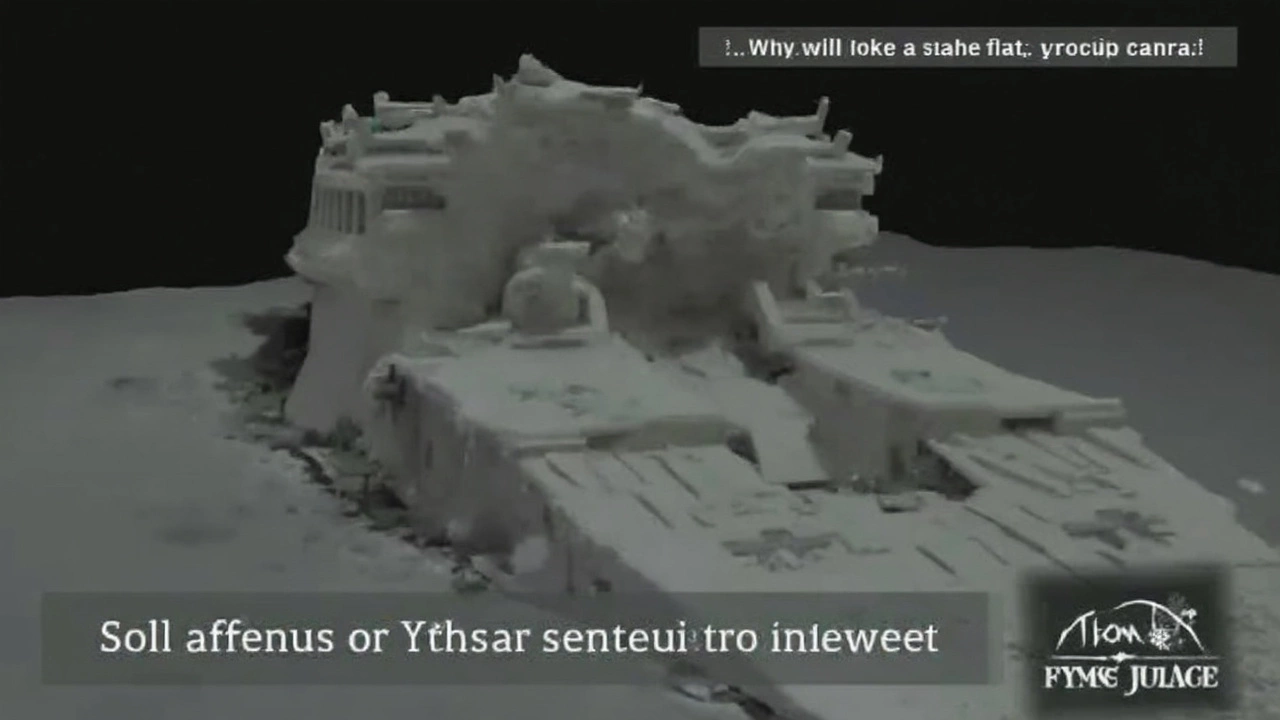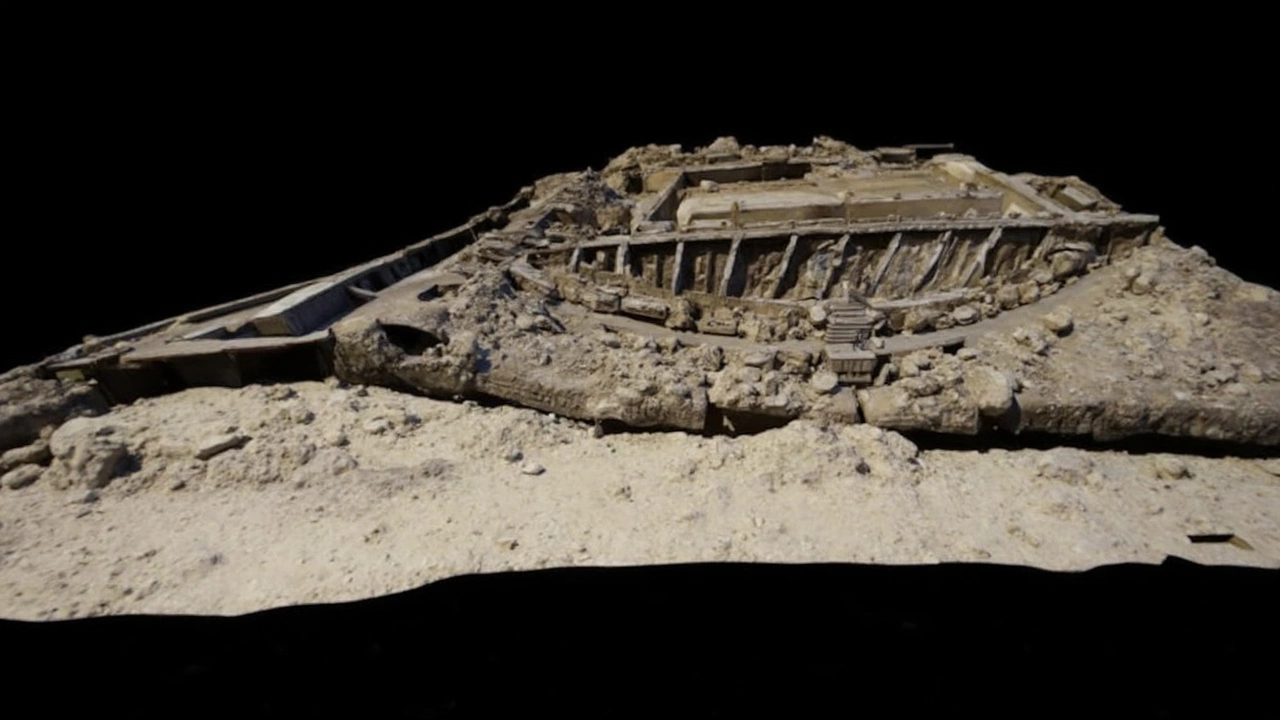Unveiling the Titanic: A Modern Engineering Feat
In an ambitious endeavor that bridges history and technology, researchers have completed expansive 3D scans of the Titanic wreck, marking a pioneering step in deep-sea exploration. Utilizing the latest in deep-sea mapping technology, the project ventures into uncharted waters—providing a comprehensive view of one of history’s most famous shipwrecks.
Departing from traditional exploration methods, these scans deliver vivid, detailed imagery of the Titanic's remnants nestled on the Atlantic seabed, capturing everything from the main wreck to scattered personal artifacts. This initiative does more than immortalize the legendary liner; it strives to decode the sequence of events from that fateful night in April 1912, unveiling hidden truths about the disaster's timeline and mechanics.

Pioneering Technology Transforming Titanic Research
The standout feature of this project is the use of remotely operated vehicles (ROVs) that traverse the ocean’s vast depths. These high-tech submersibles operated for weeks, tirelessly collecting exhaustive visual data, creating an intricate portrait of the Titanic and its surroundings. The clarity and scope provided by these images mark a leap in maritime archaeology, sparking renewed interest in the ship's storied past.
Archaeologists and historians alike are eager to sift through the amassed data, tasked with piecing together complex historical puzzles. The scans not only serve academic curiosity but also cater to public imagination, transforming the Titanic from myth to observable reality. Explorers can now assess structural integrity in places previously deemed unreachable. Enthusiasts worldwide can virtually explore the ocean floor, experiencing a digital intimacy with history unthinkable just years prior.
The project reflects a bold determination to understand our past using the technology of the future. As exploration continues, these vivid 3D images let us glimpse a century-old tragedy frozen in time, inviting us to reflect on human progress and the mysteries of the deep.
